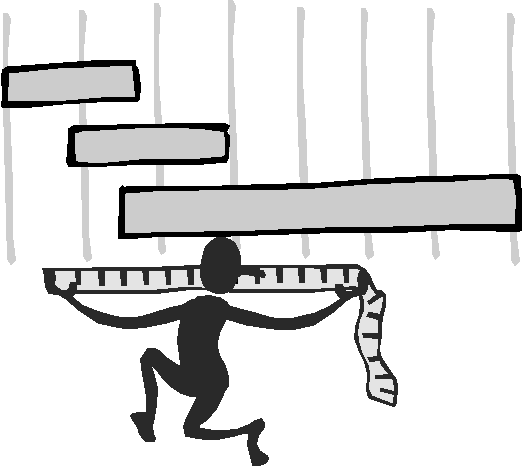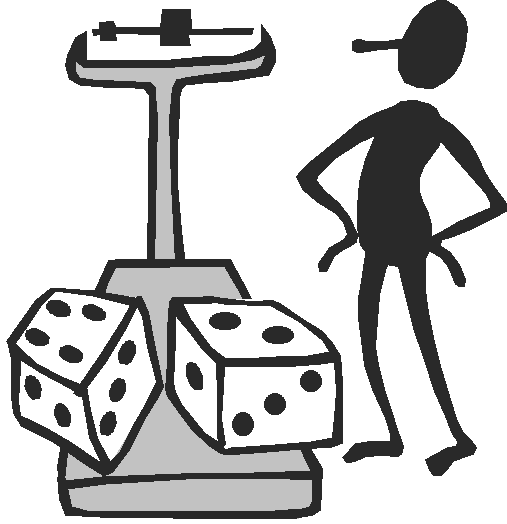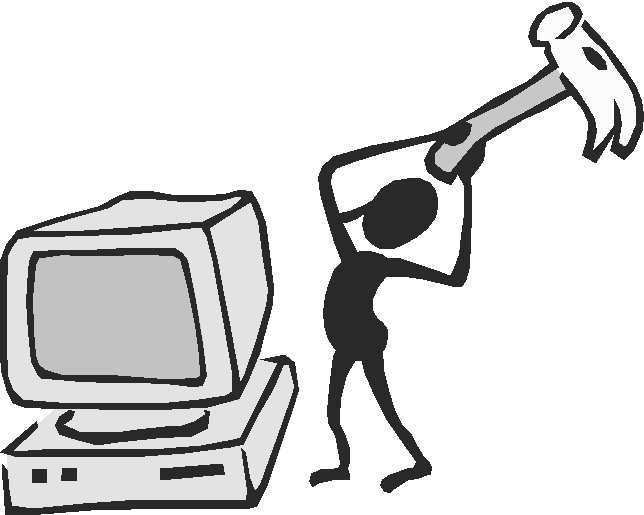
- •Предисловие
- •Unit 1. Types of Family in Modern Society
- •Focus Vocabulary List
- •The British Family
- •The American Family
- •The Future of the Family
- •Vocabulary Exercises
- •Британская семья
- •The Family
- •The Problem of (Cohabit)
- •Integrated Discourse Skills Development
- •III. Monologue Discourse Modelling
- •2. Class Activities
- •IV. Dialogue Discourse Modelling
- •2. Class Activities
- •Unit 2. What Makes a Good Parent? Family Discipline and Changes in Parental Authority
- •Focus Vocabulary List
- •Permissiveness: “a Beautiful Idea” that Didn’t Work?
- •Comprehension Check
- •Article Rendering: Basic Structure Build-Up
- •Parents Are Too Permissive with Their Children Nowadays
- •1. Fill in the columns in the chart with the corresponding adjectives and phrases from the list below. Some descriptions may fit into both columns.
- •2. When you have completed the chart, pick out all the (1) synonyms and (2) antonyms to the following characteristics.
- •1. Synonyms 2. Antonyms
- •3. Make use of the completed chart to give a brief sketch of each child/parent type. Use the following questions as a guide.
- •Difficult Children
- •The Monster Children
- •Life Styles: “What Makes a Good Parent”?
- •Ivan sokolov
- •Vocabulary Exercises
- •The Power of No
- •Integrated Discourse Skills Development
- •I. Agree or disagree with the quotations below. Be sure to provide solid arguments.
- •II. Monologue Discourse Modelling
- •III. Polylogue Discourse Modelling
- •1. Out-of-class Projecting
- •Debate Techniques
- •Introduction
- •Arguments and Counter-arguments
- •Questions
- •2. Class Activities
- •IV. Monologue Discourse Modelling
- •Individual Argumentative Techniques
- •Project on a Problem Situation
- •Introduction
- •2. Class Activities
- •V. Written Discourse Skills Development
- •Unit 3. Problems of a Young Family
- •Focus Vocabulary List
- •Additional Vocabulary List
- •The Child Care Dilemma
- •Comprehension and Discussion Guide
- •It’s 10:00 a.M.: Do You Know What Your Sitter’s Doing?
- •Smart ways to check on your sitter
- •It’s 4:00 p.M.: Do You Know Where Your Children Are?
- •Vocabulary Exercises
- •Back to Day Care
- •Что творят с детьми няни (…или Как проследить за процессом воспитания)
- •Integrated Discourse Skills Development
- •I. Written Discourse Modelling
- •2. Class Activities:
- •II. Polylogue Discourse Modelling
- •III. Monologue Discourse Modelling
- •Unit 4. Hazards of Teenage Sex
- •Focus Vocabulary List
- •Teenage Sex: Just Say “Wait”
- •Lower the Age of Consent
- •Vocabulary Exercises
- •Дочки-матери
- •Integrated Discourse Skills Development
- •I. Polylogue Discourse Modelling
- •III. Dialogue Discourse Modelling
- •2. Class Activities
- •Unit 5. Problems of a Young Family Young Adults: Living in Parental Homes or Living Away?
- •Focus Vocabulary List
- •Show Me the Way to Go Home
- •Comprehension and Discussion Guide
- •Back to Mum After All This Time
- •Could You Throw Out Your Child?
- •Vocabulary Exercises
- •Is Your Nest Too Full?
- •Bit of a Crowd in the Empty Nest
- •Integrated Discourse Skills Development
- •I. Polylogue Discourse Modelling
- •II. Written Discourse Skills Development
- •I. Background Reference Information
- •II. Letter Structure Focus
- •III. Sample Letter Publication Foreword
- •Unit 6. Marriage and Divorce
- •Focus Vocabulary List
- •Vast Majority of Americans Still Believe in the Family
- •Comprehension and Discussion Guide
- •Vocabulary Exercises
- •In Great Britain, an Easier Out
- •Divorce
- •Integrated Discourse Skills Development
- •I. Polylogue Discourse Modelling
- •2. Class Activities
- •II. Monologue Discourse Modelling
- •Individual Argumentative Techniques
- •III. Written Discourse Development
- •IV. Monologue Discourse Modelling
- •References
- •Contents
Project on a Problem Situation
(Composition and Presentation Guidelines)
1. The formulated statement for a problem situation.
(e.g. Cohabitation Is a Good Way to Test Out a Relationship)
2. Introduction into the problem: Pose the problem, prove its importance and debatable character, give the necessary definitions.
3. Provide a list of arguments with supportive evidence to prove them and a list of counterarguments aimed at refuting the arguments if favour of the formulated statement, provide substantial evidence to prove them as well.
a) the arguments in favour may be either immediately refuted by counterarguments (horizontal arrangement):
pros: cons:
1. 1.
2. 2.
or presented vertically: first all the arguments in favour attended by their supporting evidence are given. Then they are followed by a list of counterarguments, substantiated by supporting evidence:
pros:
1.
2.
cons:
1.
2.
4. Conclusion (comparative analysis of the presented arguments):
Note 1: The project should be presented in an objective way and have a sociological focus. It may be supplied with relevant statistical data and allows the use of some quotations from the Bible or other sources. The project proper should not contain any personal information or commentary.
Note 2: For class presentation, see the detailed requirements in Monologue Discourse Modelling (Unit 1, Integrated Discourse Development Skills), p.42.
5. Appendix: a well-grounded personal view of the problem.
Problem Situation Sample Project
MUM KNOWS IT BEST
Introduction
The issue of parental authority and its relative weight in the process of child upbringing in a household has been a topic for heated debate for pedagogues, childcare specialists, psychologists, society researchers and, most vitally, parents. Logically, in male- and female-dominated homes kids correspondingly receive an unequal degree of parental influence. However mutually complementary the current distribution of gender roles is, mothers’ contribution is children’s life is obviously more beneficial as their methods of child rearing are more effective and psychologically justified.
Key words:familial weight, female-dominated households, female responsiveness, gender roles, lenience, motherliness, paternal authority, permissiveness.
Pros:
Female-dominated households are better organized.
About 10% of families are wholly dominated by women. Logically, children tend to turn to a parent, who in their understanding possesses more authority and familial weight. Family relations are a powerful model, especially in early childhood.
M
 others
are more emotive and responsive to child problems
others
are more emotive and responsive to child problems
and needs.
Mother is a permanent bosom friend and crying shoulder. Someone’s
personal response and involvement alone are often enough to cope with
half of the problem.
Females consider situations from all angles.
M others,
like all women, are easily impressed and more emotional, but they
normally view a problem as a whole, relying on the extensive female
experience and, consequently, produce effective suggestions.
others,
like all women, are easily impressed and more emotional, but they
normally view a problem as a whole, relying on the extensive female
experience and, consequently, produce effective suggestions.
Mothers know their kids inside out.
Mothers have had their children at their fingertips since they were born, thus, they assume the right to prior authority and complete involvement in their children’s affairs and confidences.
Mothers are more protective of their children.
M aternal
instincts won’t let a mother do or think bad for her child. Due to
aternal
instincts won’t let a mother do or think bad for her child. Due to
mothers’ sacrificial disposition, children are more likely to turn to them for
support and – find it there.
Mothers are better psychologists.
It’s easier for a child to find a common language with Mother. About 75% of children are more likely to confide in mothers. Among other things, women are forgiving towards their children. No thing is fatal with Mom.
Cons:
Women-dominated households and female breadwinners are a social distortion.
Mother-leaders are, as a rule, more leaders, than mothers. Children of both sexes are likely to get the wrong idea of gender roles distribution.
Female responsiveness lacks structure and sense.
Paternal attitude can be more reserved, but however positive, emotions can disorganize and confuse one. They are more abstract and constitute no substitute for logical solutions for a person in trouble or in need of advice.
Father’s approach is more logical.
M en’s
approach to problem-fighting is sober and less chaotic, as proved by
sociologists. Fathers are more of use in practical things and
on-spot prompting. Paternal authority is an effective factor in
child rearing.
en’s
approach to problem-fighting is sober and less chaotic, as proved by
sociologists. Fathers are more of use in practical things and
on-spot prompting. Paternal authority is an effective factor in
child rearing.
Being one’s mother doesn’t mean a true view of a child.
Exhaustive knowledge of one’s children doesn’t necessarily presuppose mutual understanding and trust. At the same time, mothers-know-all may possess absolutely no authority over their child or have a wrong idea of his/her personality.
Overprotective mothers are dangerous.
Motherliness is often blind and unfair. A child is taught to perceive things in the wrong light. He/she might grow up infantile and adopt inadequate reactions. A vivid example is a notorious female assumption that “no woman is good enough for her son” or “no man ever will be worth a thousandth of her daughter’s virtues”. Moreover, fathers are by no means less protective, it is just that they are more concerned with the material welfare.
Fathers are better therapists.
“ No-sissies-at-home”
slogan is a better training than lenience and
No-sissies-at-home”
slogan is a better training than lenience and
permissiveness. Real life is not all about psychology, it’s about
action and independent decision-making. Fathers teach how to fight.
Conclusion
In determining what is good for a child the participation of both parents should be taken into consideration. The involvement of mother and father should be equal, although they contribute differently in child upbringing. While mothers are more responsible for the emotional development of a child's personality, men are commonly associated with more tangible things. As a rule, however, mothers manage to preserve closer bonds with their offspring.
Personal view
Putting aside various deviations of a family model, I've come to a conclusion that mothers are generally closer to their children than fathers. It originates from a natural wish to stay with someone who gave you life, who provided care and protection from the first moments of your life. Mothers may not be that helpful in action, but their presence is essential for the statics of a human self, that is psychology, one’s identity. Furthermore, mothers are continuously related to as home-keepers, home-savers, which is a very powerful and important symbol for a child. Men make houses, women make homes, they say.
To sum it up, researchers have found out that the whole societal model is female-oriented, be it either direct or indirect domination. In other words, women are connected with more universal, basic and life-related issues and functions, while men are mostly responsible for smooth mechanics and ongoing processes.
c) Expand your basic plan and write down the final version of your project in rigid conformity with the above-mentioned guidelines. Rehearse your presentation.
